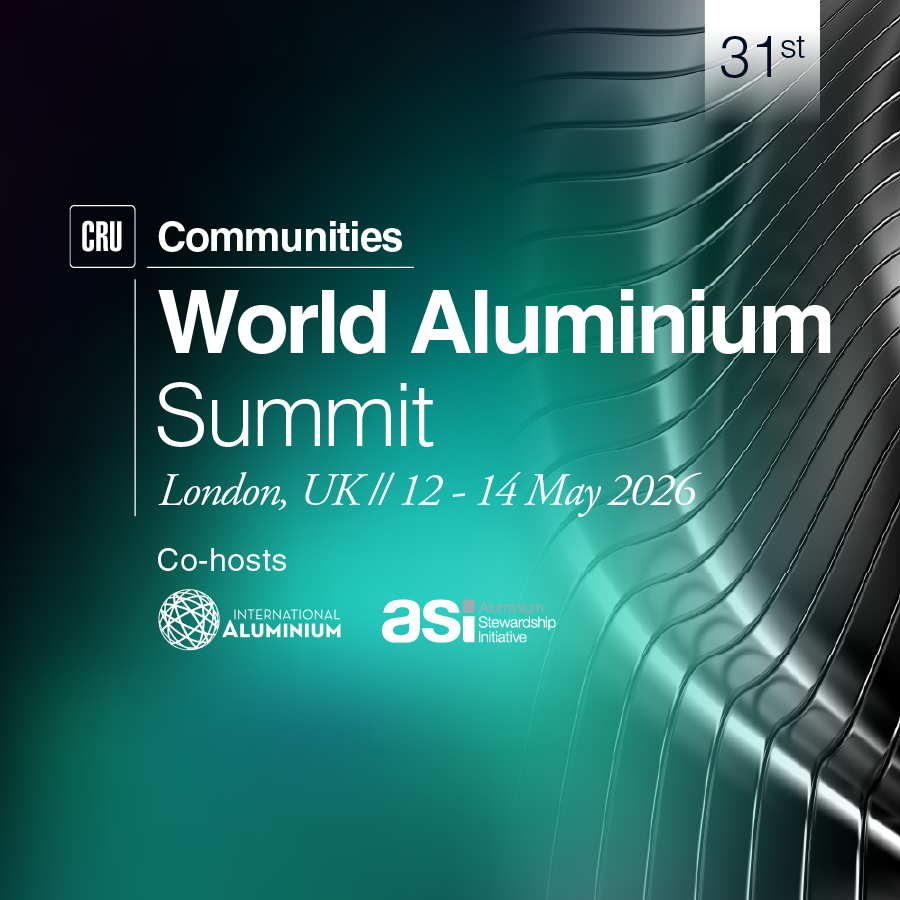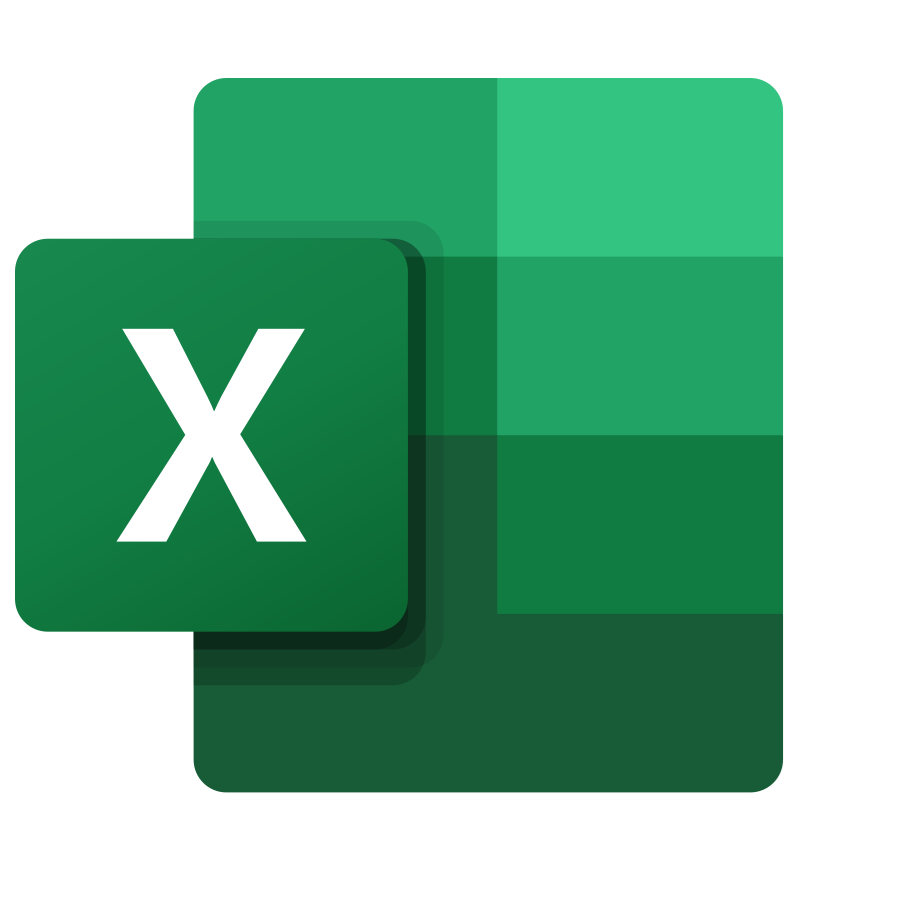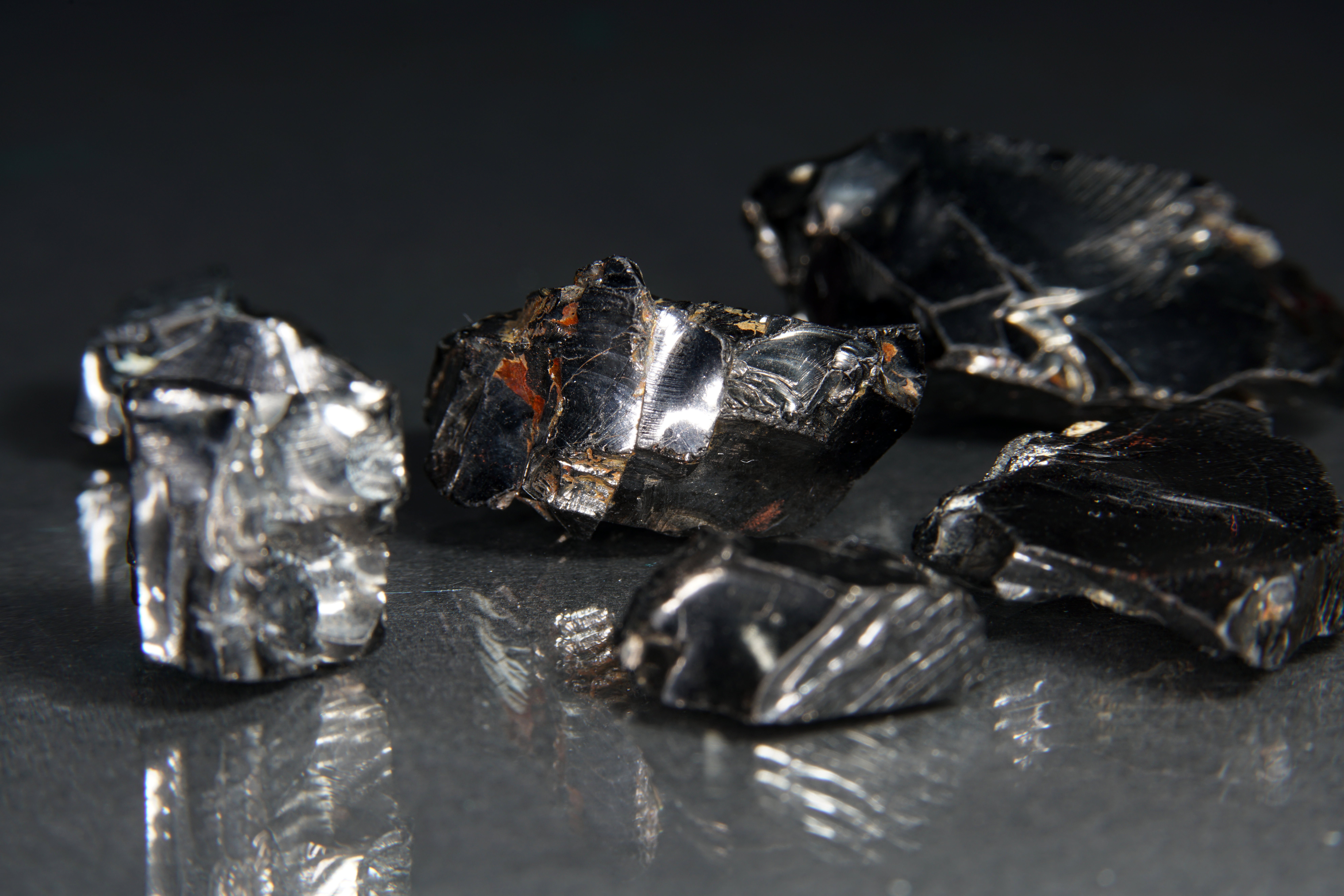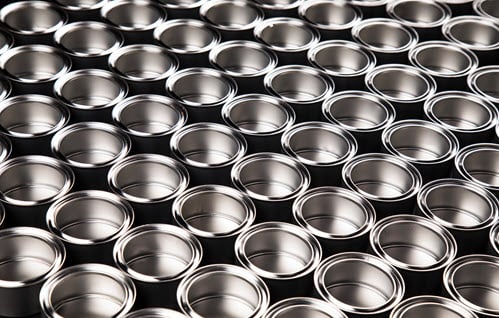Aluminium flat-rolled products are not immune from the recent market turmoil. We conducted the Monte Carlo simulation to better understand the impact of risk and uncertainty on the 1050 fee prediction. The ensemble decision tree regression model developed to assess the monthly 1050 common alloy conversion fee was applied. Three different simulations were implemented:
- Base simulation;
- Single-factor stressed scenario with the Rotterdam duty-paid premium fixed at the 5th percentile; and
- Multi-factor extreme-case scenario with low metal prices all fixed at the 5th percentile for LME 3-month aluminium price, 304-grade German stainless steel price, and Rotterdam duty-paid premium, as well as high USD/EUR at the 95th percentile, indicating a strong USD.
The model works by running many simulations using random variables to generate a range of possible outcomes.
The main result is that the downside from current levels for both the 1050 and 5754 fees is limited, as at the February levels, the 1050 conversion fee is very close to the mean predicted by the multi-factor extreme-case scenario. Additionally, we conclude that the “focus” of the model, measured by feature importance, has shifted. The recent rise in the importance of the Economic Sentiment Index in Europe reflects the increased uncertainty of the market, with less focus on the fundamental factors.
In the summary editorial of the February CRU Aluminium Products Monitor, we wrote that aluminium flat-rolled product markets are entering uncharted waters. At a time like this, we argued that it is challenging to stay focused on even short-term fundamentals as risks are difficult to quantify, and each new development has the potential to completely change the outlook. Most recently, after Trump confirmed that a 25% tariff on aluminium imports into the US will start on 12 March for all countries with no exemption, European ingot premiums experienced their largest weekly decline since early October 2022. As of 20 February, CRU assessed the Rotterdam duty-paid premium at $265–$295 /t. It should also be noted that premiums had already started to decline in December last year – please also see the latest CRU Aluminium Flat Rolled Products Market Outlook for more in-depth discussion. What are the implications and outlook for the European conversion fees under increasingly uncertain conditions?
In such a volatile and unpredictable environment, scenario analysis and simulations can provide additional perspective. In this insight, we describe the results of the Monte Carlo simulation conducted using the complex regression model for predicting 1050 conversion fees developed last year (see more details here). Additionally, we discuss the implications for the 5754-sheet conversion fee and comment on the potential implications of the recent increased volatility for the group of plate conversion fees assessed by CRU, such as 5083, 6082, 2017 and 7075 plate alloys.
Update of the regression model and exploratory analysis
To run the Monte Carlo simulation, we have updated the regression model with the actuals for the six input features up to January 2025. The monthly inputs are: European stainless steel sheet price, LME 3-month aluminium prices, Rotterdam ingot duty-paid premium, USD/EUR exchange rate, Economic Sentiment Index (ESI), and inflation (Harmonised Consumer Price Index).
Model “focus” shifted more to stainless steel and ESI
It is interesting to note that the “focus” of the model, measured by feature importance (the contribution of each input to the model’s predictions), has shifted since we published the original insight back in November last year. In the chart below, we compare November and February 2025 assessments.
It can be seen that, compared with November 2024, the importance of the 3-month LME price dropped significantly, while the importance of the 304 stainless steel sheet price and the Economic Sentiment Index increased. Over the last five months, the LME 3-month aluminium price traded in the tight range between $2,500 /t and $2,600 /t, while European stainless steel prices stabilised in January after six months of decline, with German CR 304 assessed at €2,560 /t. The rise in the importance of the Economic Sentiment Index probably reflects the increased uncertainty of the market, with less focus on the fundamental factors.
1050 conversion fee has a very strong correlation with the 5754 sheet alloy, while plate fees constitute a completely separate category
As part of the exploratory data analysis, we have also updated the correlation analysis and added a 5754 alloy conversion fee as well as all the plate alloy fees covered by CRU in Europe. The results of the extended and updated correlation analysis are presented in the heatmap below. There are three main takeaways:
- Despite the very weak historical correlation (0.33) between the 1050 conversion fee we are predicting and the ESI, the importance of the ESI has increased recently, as we discussed above. This confirms that the market is now driven mostly by short-term sentiment rather than fundamentals.
- There is a very strong correlation (0.97) between the 1050 conversion fee excluding the Rotterdam ingot duty-paid premium and the 5754 sheet fee on the same basis. We can thus use the results of the 1050 fee simulation to extrapolate for the 5754 fee. For that, we will assume the constant long-term average spread between the two alloy fees, which we calculated at €181/t.
- Except for the 5083 alloy, all other plate fees are not correlated either with the sheet conversion fees or the input features we use to forecast the 1050 fee. Plate products are considered relatively more value-added compared with the commodity-type 1050 and 5754 sheet alloys. Most plate has a notably higher alloy content such as copper, magnesium and zinc and usually involve multiple additional processing and finishing stages. Thus, we can assume that the plate conversion fees should be able to weather the uncertainty in the market relatively better than the more volatile sheet fees. However, plate fees are not completely immune from the turmoil. As according to Global Trade Tracker, EU27 countries exported on average 25 kt/y of plates over the last three years (76061299 trade code) to the US market, a 25% tariff on aluminium imports into the US can put pressure on those exporters to either reroute or try to place those volumes in their home European market.
Monte Carlo simulation for 1050 fee and read across for 5754 alloy
To generate predictions for the 1050 conversion fee, we used an already trained regression model and the following distributions – lognormal distribution for 304 stainless steel, LME 3-month aluminium prices, and Rotterdam ingot duty-paid premium, as well as truncated normal distribution for the USD/EUR exchange rate, Economic Sentiment Index, and Harmonised Consumer Price Index (HICP).
We ran three different simulations:
- Base simulation – the standard scenario where all input features were varied based on their historical distributions. It can be considered a baseline prediction of the 1050 conversion fee without any stress conditions applied.
- Single-factor stressed scenario – only one input feature, the ingot duty-paid premium, was fixed at the 5th percentile, which corresponds to €54 /t, while all other features were allowed to vary. This helps to understand the impact of extreme conditions for the ingot duty-paid premium on the 1050 conversion fee.
- Multi-factor extreme-case scenario – In this scenario, we fixed four input features at extreme percentiles, including the 5th percentile for LME_3M, which corresponds to €1,198 /t, and 304 stainless steel, corresponding to €1,704/t, and Ingot_DP, which is €54/t, and the 95th percentile for USD/EUR, which is 1.43. This scenario simulates an extreme case where several factors simultaneously reach extreme values.
The results of each simulation we ran are summarised in the chart below. The main takeaway is that at the current February 2025 level of €615 /t (dotted line), excluding the ingot premium, the 1050 conversion fee is very close to the mean predicted by the multi-factor extreme-case scenario. This means that the downside from current levels for the 1050 fee is limited. Moreover, under the base simulation, the average prediction is €706 /t, excluding the ingot premium, which is €91 /t higher than the February 2025 level. We can argue that the 1050 fee is undervalued at current levels.
The same logic applies to the 5754 conversion fee, using the long-term average spread to the 1050 fee of €181 /t. In this case, the latest assessment of €802 /t, excluding the ingot premium, is also close to the mean 1050 fee predicted by the multi-factor extreme-case scenario plus the €181 /t spread.

















